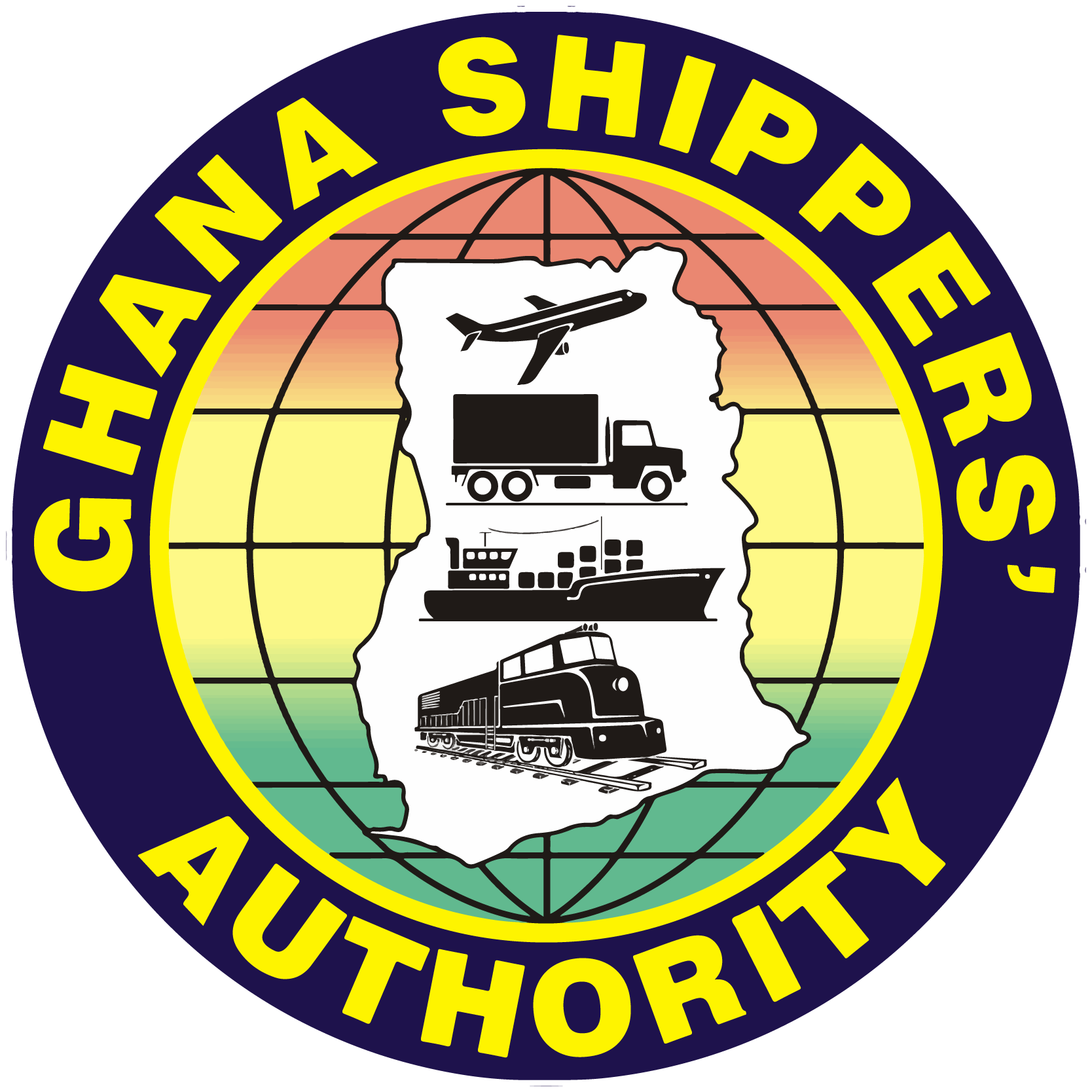- Introduction
The shipping industry plays a vital role in international trade especially since 90% of world trade is transported by sea.1 The obligation to keep a seaworthy vessel is essential in shipping transport. This is because in safeguarding the interests of parties to a carriage of goods by sea contract, shipping law requires that vessels, which transport goods, be in good order. There are diverse ways of defining seaworthiness. However, for purposes of this essay, seaworthiness is defined as the obligation of the carrier of goods to ensure that the ship, which carries the cargo is fit for the intended purpose.2 In this essay, I discuss the obligations and liabilities of the carrier to keep a seaworthy vessel under the International Convention for the Unification of Certain Rules of Law Relating to Bills of Lading, and Protocol of Signature 1924 (Hague Rules), which are applicable in Ghana by virtue of section 1 of the Bills of Lading Act, 1961 (Act 42).
Carrier’s Obligation of Seaworthiness
The obligations of the carrier to keep a seaworthy vessel has been adequately espoused in Article 3(1) as:
“The carrier shall be bound before and at the beginning of the voyage to exercise due diligence to:
- Make the ship seaworthy
- Properly man, equip and supply the ship.
- Make the holds, refrigerating and cool chambers, and all others parts of the ship in which goods are carried, fit and safe for their reception, carriage and preservation.
Firstly, the obligation of the carrier to keep a seaworthy vessel persists during the period prescribed by law or by the contract of carriage (period of responsibility). It means that where a breach occurs outside the period of responsibility, the carrier of goods cannot be held liable. The Hague rules prescribe the period of responsibility as the period before and at the beginning of the voyage.
Parties to a contract for carriage of goods by sea can, however, agree to contract outside the scope of the provisions contained in the Hague rules by virtue of the principle of freedom of contract Article 3(1) of the Hague Rules clearly delineates a three-pronged test to establishing the seaworthiness obligation as: ensuring the vessel is structurally fit for the voyage, ensuring that the vessel is properly manned and equipped for the voyage and ensuring the vessel is cargoworthy.
To keep the vessel structurally fit, the carrier should ensure that the vessel is fit to encounter the ordinary perils of the sea and to deliver the cargo safely to the agreed destination. This aspect deals with the overall readiness of the vessel to embark on the voyage. The aspect of seaworthiness, which requires the vessel to be properly manned and equipped requires competent crew onboard the vessel and the availability of the required documents to ensure that the vessel can enter and leave ports without problems.
For instance, failing to keep maps, charts, classification certificates, etc. onboard constitutes a breach in the carrier’s obligation.

The cargoworthiness aspect of seaworthiness concerns the ability of the ship to carry the agreed cargo; the ship might be able to carry cargo in general but certain cargo may need special arrangements such as refrigeration, clean holds, etc. If the carrier agreed with the cargo-owner to ship cargo, the carrier has to ensure that the vessel is able to carry the specific cargo agreed to be carried.3
It is worthy to note that all these aspects of seaworthiness function together to form the complete obligation of seaworthiness. For instance, where the vessel is structurally fit, properly manned and equipped but not cargoworthy, the vessel will be deemed as unseaworthy. The significance of the seaworthiness obligation is evident in its overriding nature. It means that if a breach of the duty causes damage or loss to occur, the carrier is prevented from relying on any of the defences in Article 4(2) of the Hague Rules once established that the vessel was unseaworthy.
Basis of Liability of the Carrier upon breach
The basis of liability under the Hague Rules is the absence of due diligence. This differs from the common law basis of liability, which is an absolute one. Therefore where the carrier fails to exercise due diligence in the performance of obligation of seaworthiness, he is liable. In other words, where it is established that the carrier in the exercise of his duty was negligent, then the carrier is liable for damage or loss that may occur as a result of the breach. However, establishing failure to exercise due diligence is fundamentally dependent on the facts of the case. This is because due diligence is a relative term and there is no single rule that can be applied in all cases.
 It is worthy to note that the absolute liability will still apply where the Hague Rules do not apply i.e. in case of charterparties where common law still applies unless the parties agree otherwise. The due diligence requirement means that the carrier of cargo is protected against latent defects, defects not due to any negligent workmanship or repairer, if these could not be detected by him or experts employed by him.
It is worthy to note that the absolute liability will still apply where the Hague Rules do not apply i.e. in case of charterparties where common law still applies unless the parties agree otherwise. The due diligence requirement means that the carrier of cargo is protected against latent defects, defects not due to any negligent workmanship or repairer, if these could not be detected by him or experts employed by him.
Due diligence in context of the Hague Rules has been defined as a genuine, competent and reasonable effort of the carrier to fulfill the obligations set out in Article 3(1) of the Hague Rules.4 The carrier in the exercise of due diligence is not expected to be perfect. He is required to be apply reasonable effort in the performance of his obligation.
Conclusion
The discussion above is indicative of the fact that the Bill of Lading Act, 1961 is the applicable law for carriage of goods by sea in Ghana. The Hague Rules also prescribes the obligations and liabilities of a carrier in contract of carriage by sea. The Hague rules are applicable to contracts of carriage where bills of lading are issued and therefore where no bills of lading are issued, the common law standard of liability is applicable. However, if parties expressly incorporate the Hague Rules into their contract, the standard of liability in the Hague Rules will be applicable.
By: Freda Amoako




